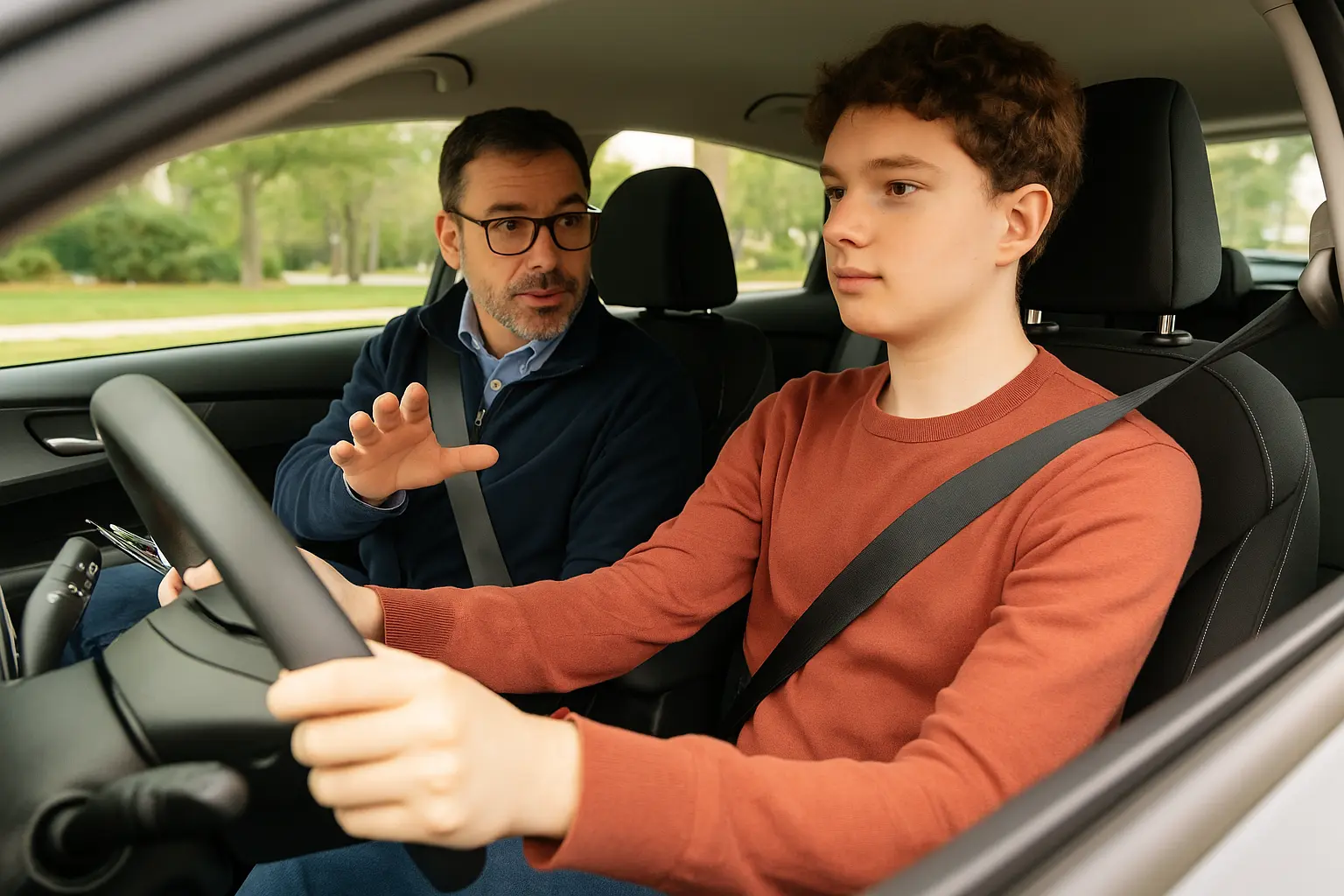Driving can be a life-changing step toward independence for many people on the autism spectrum. With the right strategies, consistent practice, and supportive guidance, the road ahead can be not just possible—but enjoyable. In fact, with the right plan, driving with Autism Spectrum Disorder can become a milestone of confidence and self-reliance. Here’s what to know about the journey—and how an OT driver rehabilitation specialist can help make it a success.
The Evidence Speaks—and It’s Encouraging
To begin with, research is on your side.
- A study from the Children’s Hospital of Philadelphia (CHOP) found that young drivers with autism crash at similar—or even lower—rates than their peers. Moreover, they’re far less likely to get tickets or have their license suspended (Teen Driver Source). That’s a huge “you’ve got this” signal right there.
- Additionally, about two-thirds of teens with autism want to drive. However, only one-third become licensed by age 21. That’s opportunity knocking—but not everyone has the right map to guide them.
- Furthermore, while drivers with autism often bring strengths like rule-following, attention to detail, and risk avoidance, they may also face challenges such as sensory overload, slower processing speed, or difficulty anticipating other drivers’ actions.
If you’d like to dig deeper, check out CHOP’s full breakdown of strengths and challenges related to driving with Autism Spectrum Disorder: Teen Driver Source – Autism and Driving.
Tips & Tools That Make a Difference
Fortunately, the Pathfinders for Autism driving guide offers practical, real-world strategies. Here are a few that stand out:
- “Scripts” for the unknown. Practicing self-talk for situations like traffic jams, detours, or sensory triggers can help drivers stay calm and focused.
- Stick with routine. Regular practice at similar times and in familiar environments builds both comfort and confidence.
- Lead with interests. If certain music, podcasts, or familiar routes make driving more enjoyable—use them! They can transform practice into a positive experience.
- Anticipate the unexpected. Since other drivers aren’t always predictable, we emphasize preparing for rule-breaking situations—like a car running a yellow light or changing lanes without signaling.
By combining these strategies with structured support, the driving experience can become more manageable and less overwhelming.
Where an OT Driver Rehabilitation Specialist Makes the Difference
This is where professional guidance truly matters. As occupational therapists who specialize in driver rehabilitation, we look beyond basic driving skills. Instead, we focus on each individual’s sensory world, cognitive strengths, and unique learning style.
A comprehensive program may include the following stages:
| Stage | What It Involves |
| In-Clinic Evaluation | Assessment of coordination, visual-perceptual skills, processing speed, executive functions, reaction time, learning styles, and sensory preferences |
| In-Car Training | Behind-the-wheel instruction by occupational therapists who are also licensed driving instructors, tailored to the individual’s needs |
| Tailored Skill-Building | Practice in hazard anticipation, managing distractions, and planning for the unexpected |
| Adaptive Strategies/Equipment | Small adjustments—like steering aids or sensory buffers—can greatly enhance comfort and control |
| Anxiety Tools & Routine Support | Personalized strategies and practice plans make driving feel predictable and manageable |
Because every driver with autism is different, our approach adapts to each person’s strengths and challenges. In other words, success behind the wheel isn’t about fitting into a mold—it’s about creating one that fits you.
The Bottom Line
In summary, driving with Autism Spectrum Disorder can be an empowering, independence-building journey. With the right tools, personalized training, and supportive specialists, the road isn’t just possible—it’s yours to drive with confidence.
Ready to Take the Next Step?
If you or someone you care about is ready to begin the journey toward driving independence, we’re here to help. Contact us today and let’s start mapping your personalized road to success.
Additional Articles
- Driving with Autism Spectrum Disorder
- Eric’s Journey to Driving Independence
- Fred’s Success with DriveRx
- Jim’s Journey to Regaining Independence
- Regaining Independence Behind the Wheel
